The Academy for Design offers state approved continuing vocational education and training (CVET) for skilled craftspeople from various fields to be a “Designer in the skilled crafts”. Within 1.200 hours architects, designers and craft-artists, teach them how to transfer and apply design strategies into crafts, and by this how to conceptualise ideas for daily life. Sustainable material and the concept of universal design and accessability for all are the foundation for their products/ ideas.
The further education of designers in the skilled crafts is funded by ESF. The target is to support skilled crafts persons in their investment of time, energy and money to their education in order to make them more competitive and resilient. Funding period 2016 - 2021. Self-employed and employed crafts persons improve their skills. They open up their horizon to a more client focussed, better quality and a more beautiful work.
Munich's drinking water is of very high quality. However, it is hardly accessible free of charge in public spaces. However, the resource water is a human right and not a commodity. This is also declared by the EU resolution of 2020, which encourages cities to make more drinking water dispensers accessible to the public by 2023 - and to make it available free of charge for minorities. 125 of Munich's municipal fountains are fed with drinking water. Twelve fountains are designated as official drinking fountains, nine of which are operated all year round. More information about the good water quality in Munich and a better awareness of the locations of water dispensers could contribute to more water being tapped in public spaces.
My concern is: How can we increase living quality in cities in general?
How do we enable more sustainability, participation and aesthetics for the community?
The central motivation for my project "Big Bubbler" is:
- A barrier-free space for all
- An interestingly designed meeting place in the neighbourhood
- A consumption-free zone
- A protected place to rest and relax
- A place that arouses curiosity and is fun to use
- An opportunity to drink or tap water
- An infrastructure to get away from water in plastic bottles
- Promotion of the good quality of drinking water
Please highlight how the project can be exemplary in this context
An infrastructure in near reach for citizens to get away from water in plastic bottles. All materials are recycled i.e. recycled plastic. Drinking water fountains also differ from usual water dispensers that they are installed outdoors, have no cooling function (i.e. save energy) or water filters. The drinking fountains highlight the quality of public drinking water network. To buy water in plastic or glass bottles would not be necessary.
Please highlight how the project can be exemplary in this context
The starting point for the spatial design were classic thermal water drinking spas such as the Kochbrunnen in Wiesbaden: Protected places in public space where people come together by chance or purposefully to drink (healing) water together. The fountain becomes a meeting and experience place. The space provides shade and an interesting spatial experience. It arouses curiosity, is fun and invites all generations to spend time there. With the help of water, the fountain transforms a previously unused space into a lively place that the public can share. It is an example of interactive architecture that not only enlivens the public space but also successfully brings the neighborhood together.
Please highlight how the project can be exemplary in this context
Water connects people with each other and with nature. It was important to me to design a place that different age groups can use without any pressure to consume. By the example of my 17-year-old son, I noticed how difficult it is for young people to find places in the city where they can spend time. Since they don't have a lot of money, many options are immediately eliminated. They therefore hang around in shopping centres or fast-food chains. Old or economically weak people can also hardly afford the offers the city has to offer.
In this respect, the social city has many tasks:
The focal points are the ecology. Private and public green and open spaces are to be improved. New economic activities are to be initiated in the neighbourhood. More employment opportunities in the area will create cultural and social facilities for young people and problem groups.
We find that wells like this are even more urgent by crises like Corona, climate or xenophobia. The democratic city needs to be strengthened and co-created. Spaces are needed to realise ideas of sustainable, cooperative forms of building, living and working. These often creative approaches require courage, openness and open-mindedness on the part of all those involved and shift the and shift the focus, which up to now has been strongly shaped by the needs and interests of and interests of the retail trade and tourism.
Please highlight how this approach can be exemplary
The central focus for "Big Bubbler" is:
- A barrier-free space for all
- An interestingly designed meeting place in the neighbourhood
- A consumption-free zone
- A protected place to rest and relax
- A place that arouses curiosity and is fun to use
- An opportunity to drink tap water or fill it in bottles
- An infrastructure to get away from water in plastic bottles
- Promotion of the good quality of drinking water in the EU
"Big Bubbler" offers water and a place to rest in a consume-free zone. The young and older generations meet in a relaxed and democratic way. The drinking water dispensers newly installed by the city of Munich in 2019 at Rindermarkt and Sendlinger Straße are rather invisible with their reduced design (a 120 cm high stele with a brass fitting). My "Big Bubbler" offers shade and is visible as an open and aesthetic place that is easy to find in the city and it invites you to linger.
Please also explain the benefits that derived from their involvement.
The fountain can be used communally and participatively by all passers-by, including minorities. It offers a solution to implement the human right to water: Water as a freely accessible livelihood and not as a commodity.
The "Big Bubbler" well provides access to clean drinking water for all. Drinking and tapping water at the drinking fountain provides climate-friendly access to water, eliminating the need to buy bottled water made of plastic or glass. Environmental protection and the reduction of plastic waste is a global challenge that affects us all.
The height of the drinking fountains are designed so that the lowest one is suitable for children and the middle one for adults. The highest pipe is designed to be tapped into containers that people bring with them. The drinking fountains are equipped with sensors.The height of the three fountains as well as the inclination of the water pipe outlet (123 °) corresponds to common drinking fountains. For hygienic reasons, the three water basins are fitted with a lid and the water drains through a narrow crack.
Accessibility: The minimum passage dimensions according to DIN, e.g. for the paths in and outside the pavilion, are also suitable for wheelchair users. It is not possible to drive under the fountains, but water can be drawn from the two low drinking fountains.
Please provide clear documentation, communication of methodology and principles in this context.
In the design process of the "Big Bubbler" project, the concept of Universal Design formed the basis. This concept - unlike, for example, Accessible Design or Accessibility - also includes components such as usability, aesthetics and sustainability.
The seven principles of Universal Design Breadth of Usability, Flexibility in Use, Ease and Intuitiveness of Use, Perceivability of Information, Tolerance for Error, Low Physical Effort, and Size and Clearance for Access and Use are met.
In addition to Universal Design, other concepts such as Design for All and Accessibility were also considered. In contrast to Universal Design, Design for All focuses, among other things, on diversity rather than uniformity, as well as participation in the community rather than the individual right of the individual. The focus is less on marketing and more on social engagement. This was important to me for this project, because I am generally concerned with the question of how we want to live well together in the future - and what is needed to achieve this.
The project was created during the Corona epidemic and the difficulties people experienced (and continue to experience) in the city during this time, such as isolation, loneliness, little space in the apartment, led to an examination of the program die Soziale Stadt or texts such as "Right to the City" by sociologist Henri Lefebvre and "Age-Inclusive Public Space" by Dominique Haderowitz + Kristina Ly Serena as well as "Meeting where you want to meet. The Importance of Self-selected Spaces of Encounter" by Rianne van Melik and Roos Pijpers.
Images and renderings by Britta Eriskat
Image 2 and 3 by Eva Jünger
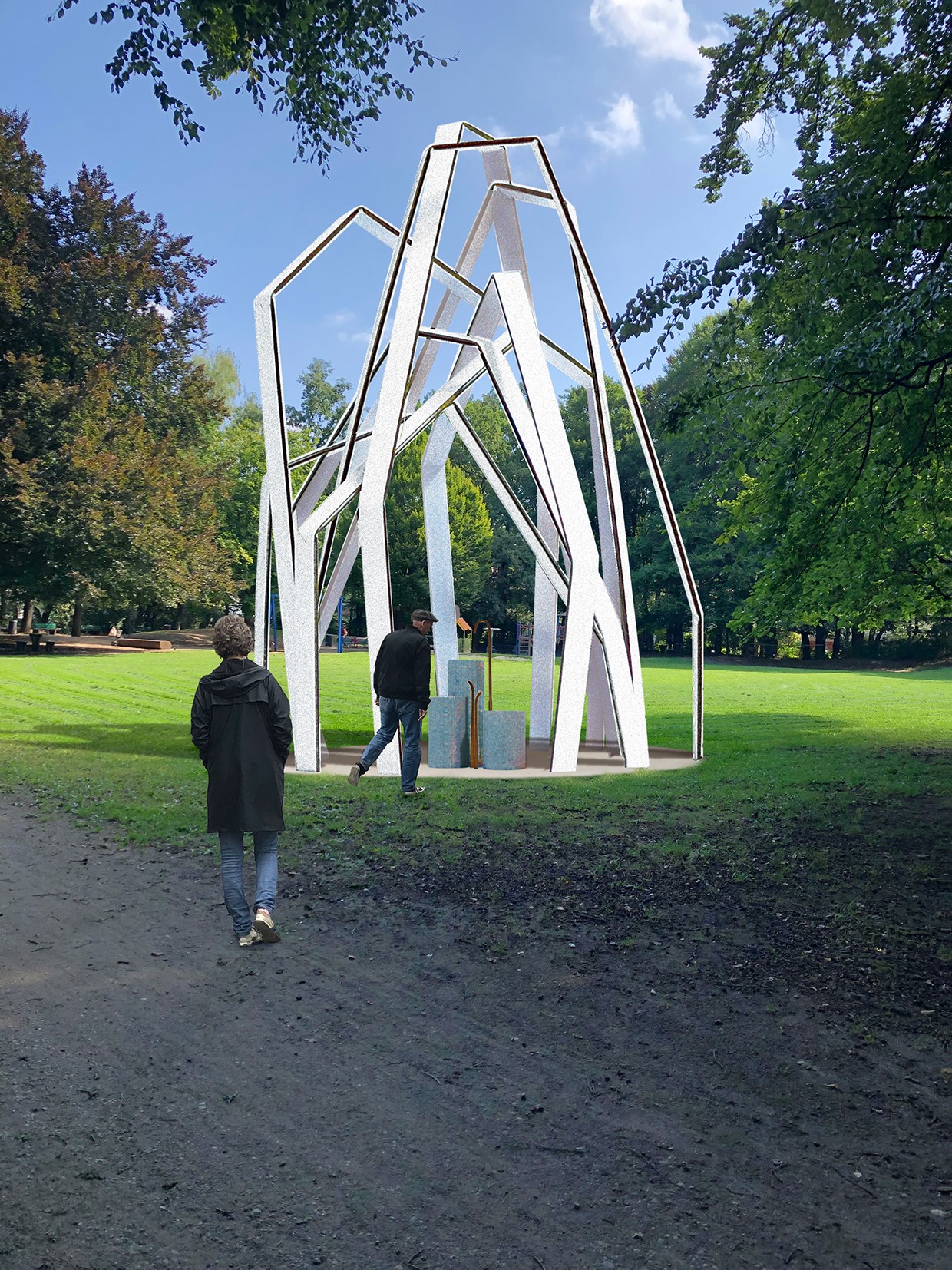
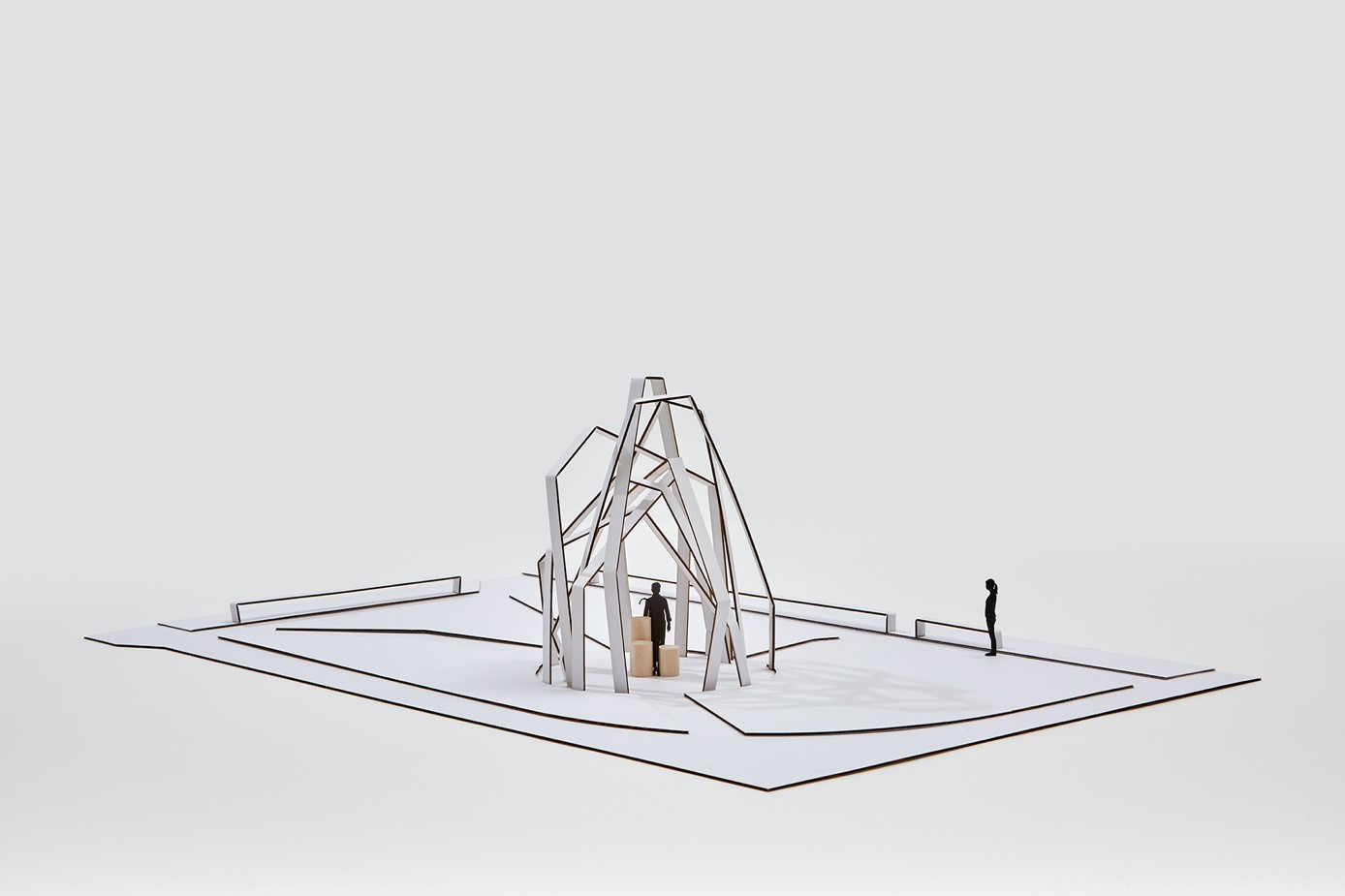
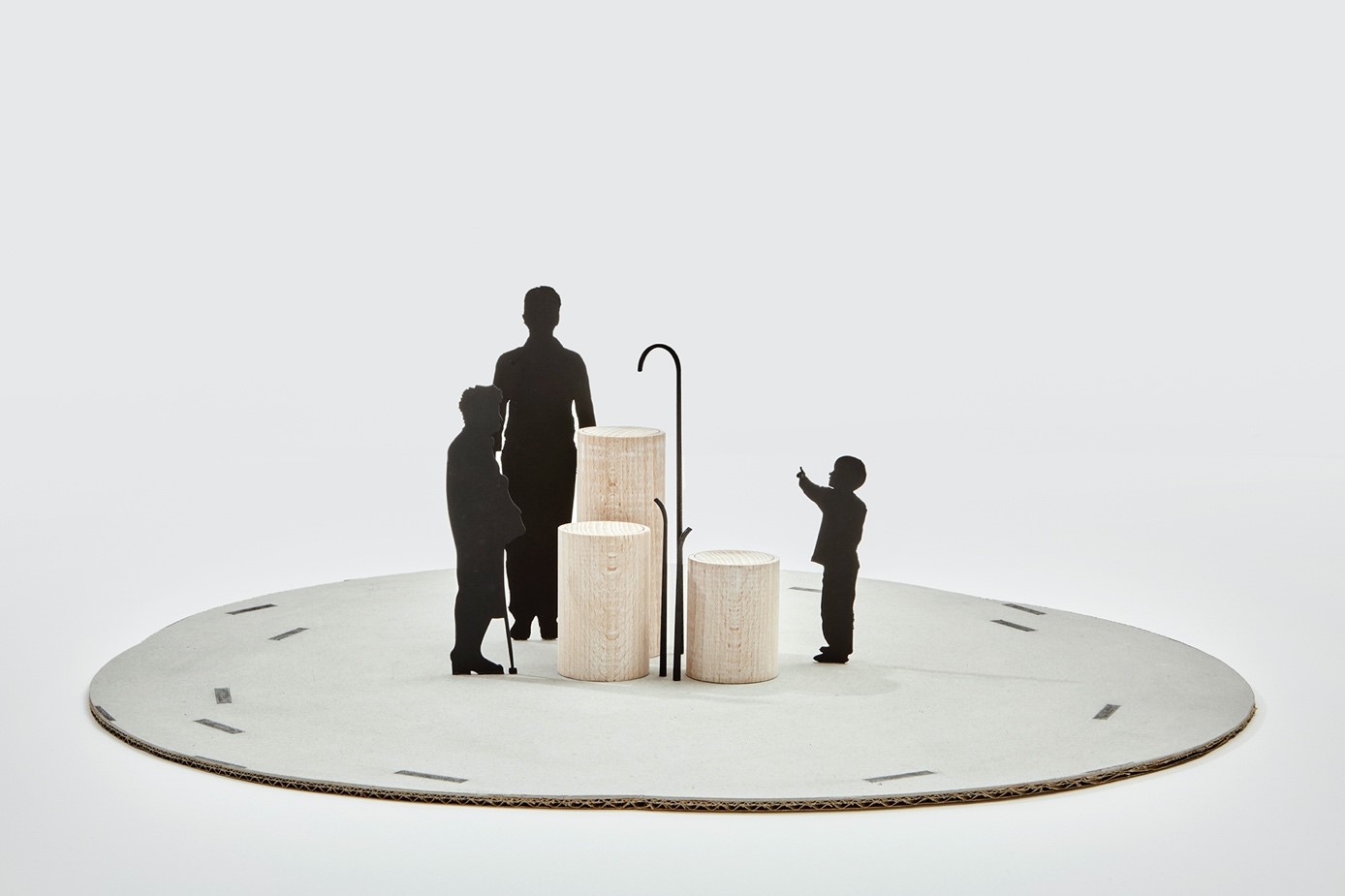
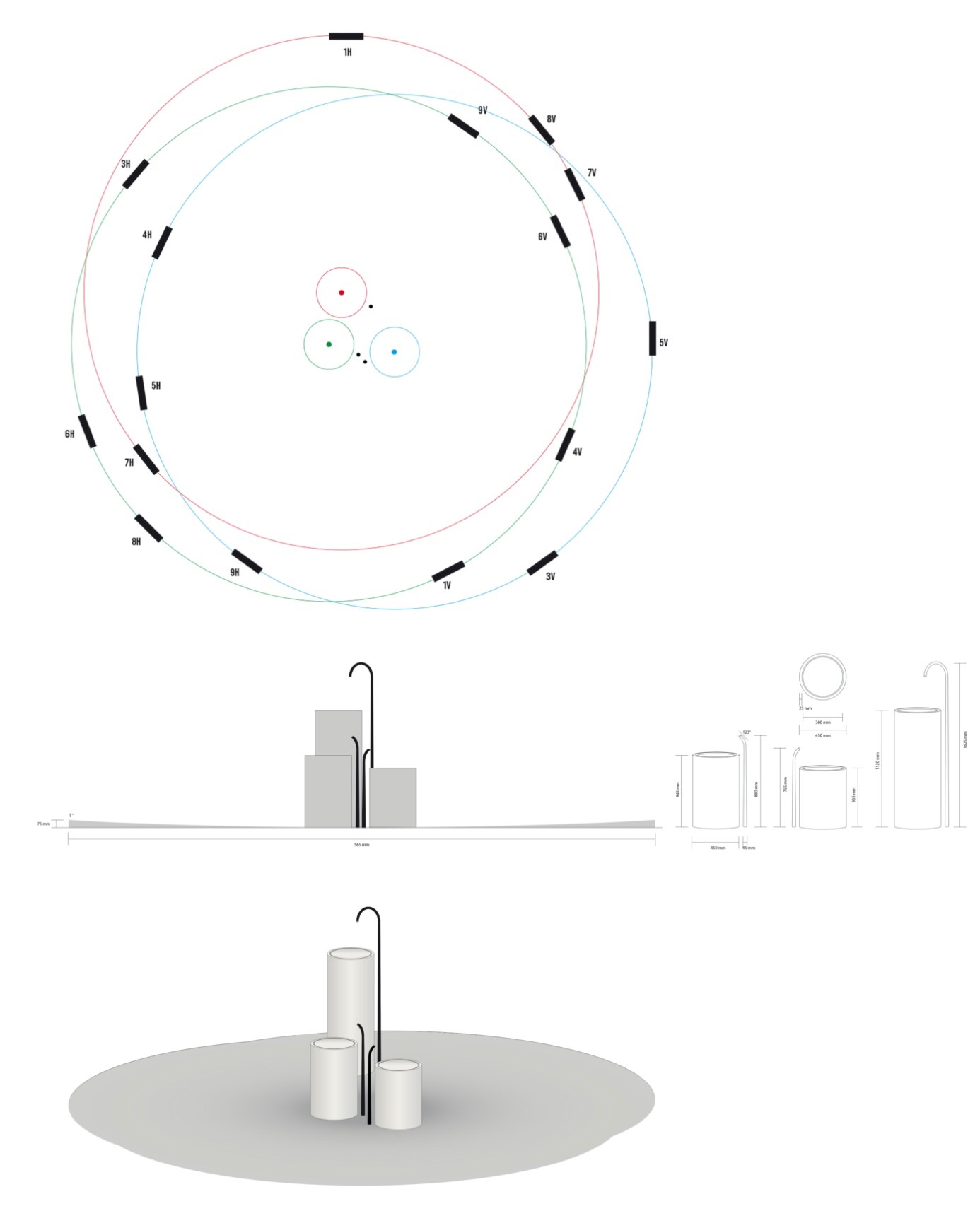
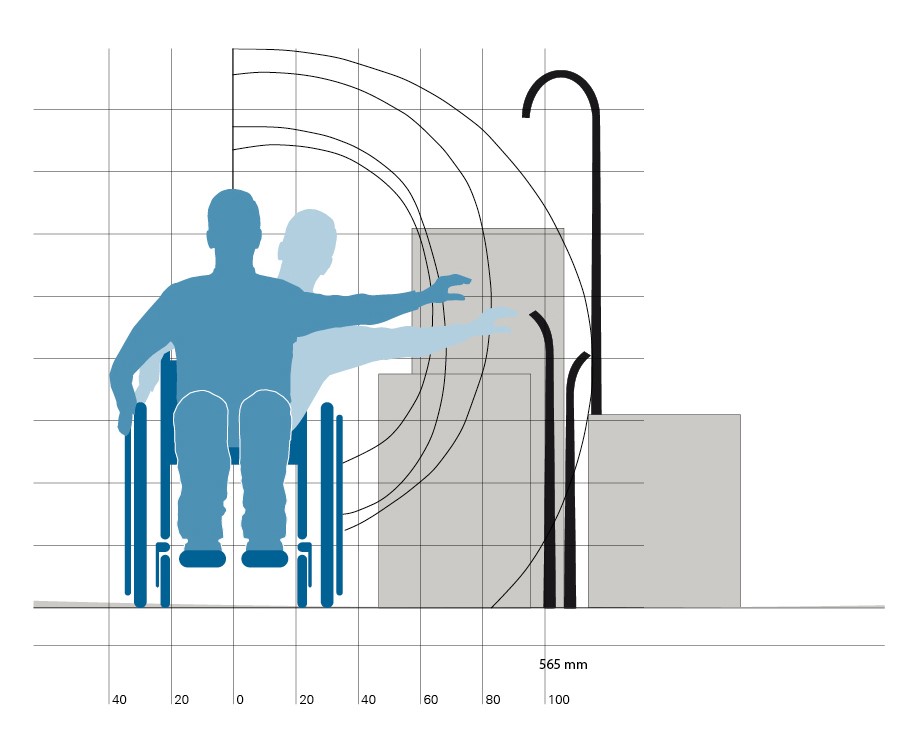
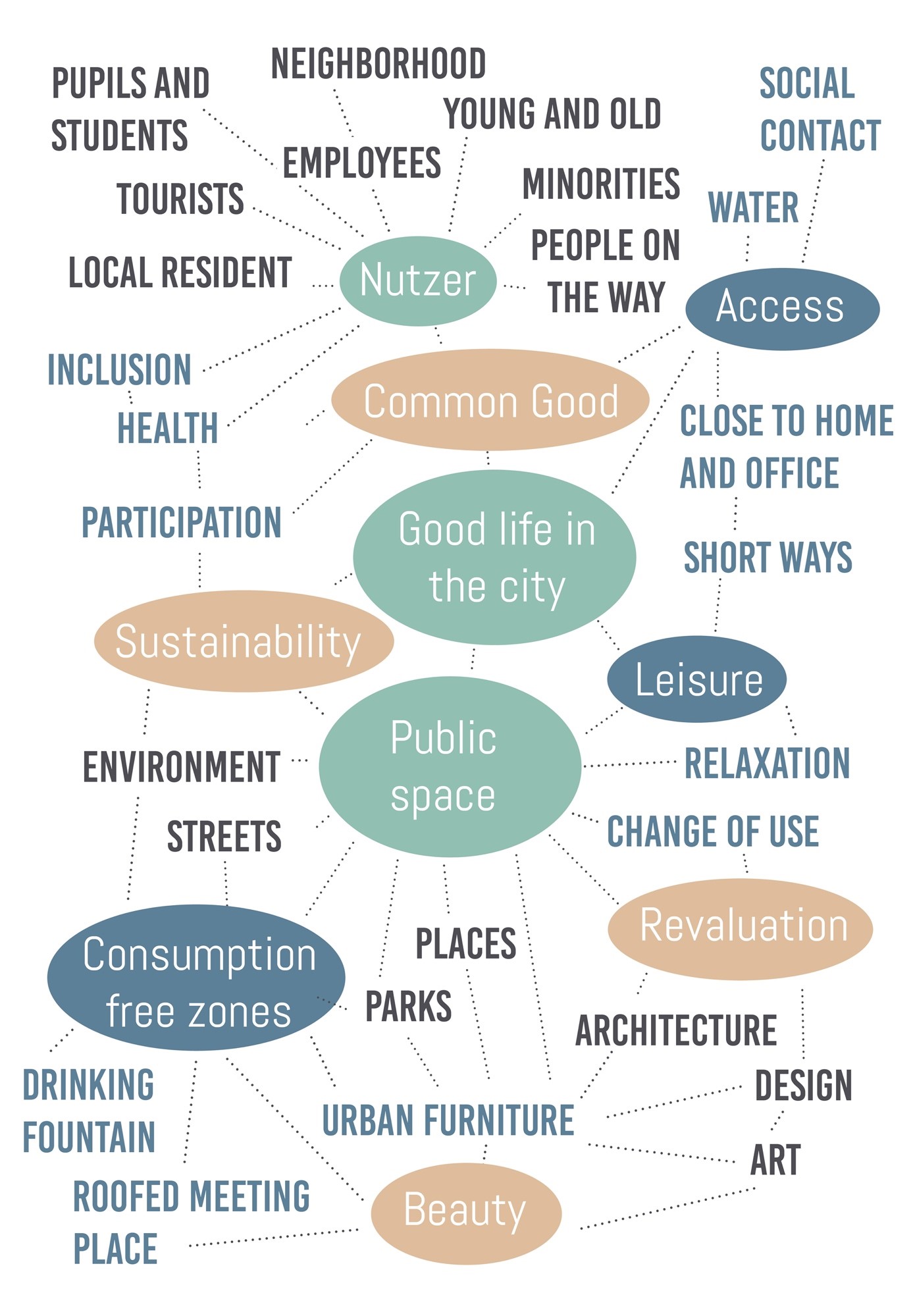
@Academy for Design in the Skilled crafts of the Chamber of Trade and Crafts for Munich and Upper Bavaria , 2021
Content licensed to the European Union.